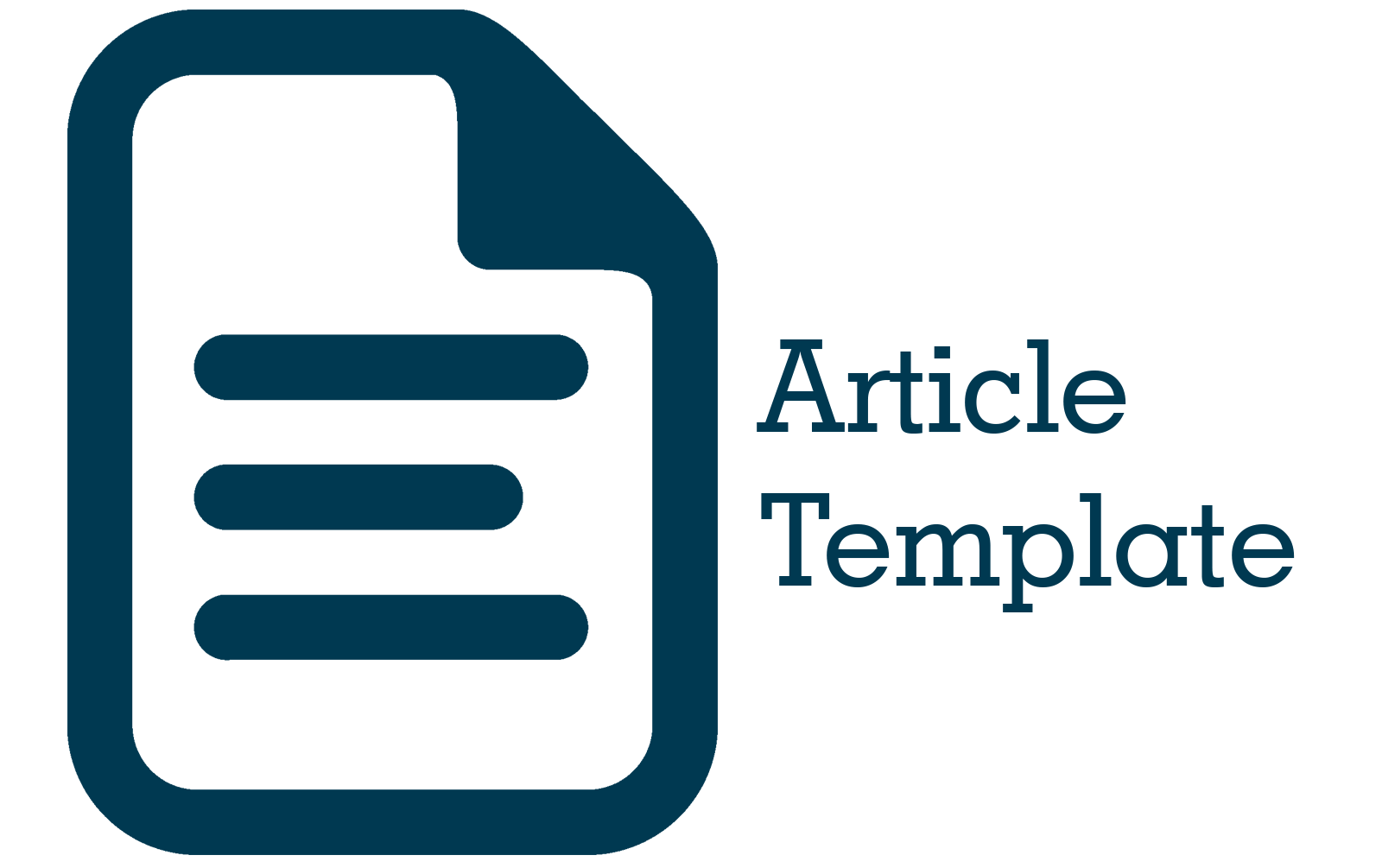The Influencing Factors of Knowledge Hiding Among Employees in the Construction Industry: A Psychological Contract Perspective
DOI:
https://doi.org/10.58905/apollo.v2i2.311Keywords:
Construction Industry, Knowledge Hiding, Psychological Contract, Psychological Contract BreachAbstract
This study explores the factors influencing employee knowledge hiding in construction industry organizations. Utilizing quantitative methods, the research examines the impact of demographic factors, including gender, age, educational level, marital status, and duration of service, as well as psychological contract breaches on employee knowledge hiding. An independent samples t-test and multiple comparisons using the least significant difference (LSD) test were conducted to analyze the demographic factors. At the same time, a simple linear regression analysis was employed to assess the relationship between psychological contract breach and knowledge hiding. The results indicate that demographic factors significantly affect employee knowledge hiding, with females, older employees, those with lower educational levels, divorced or widowed individuals, and employees with longer service durations tending to hide knowledge more frequently. Furthermore, psychological contract breach is found to have a strong and positive relationship with employee knowledge hiding, suggesting that employees are more likely to engage in knowledge-hiding behaviors when they perceive a violation of their psychological contract. The findings have important managerial implications, emphasizing the need for tailored strategies to address knowledge hiding among different employee groups and maintaining a strong psychological contract with employees to foster a culture of knowledge sharing and innovation
References
J. A. DeSimone, P. D. Harms, and A. J. DeSimone, “Best practice recommendations for data screening,” J. Organ. Behav., vol. 36, no. 2, pp. 171–181, Feb. 2015, doi: 10.1002/job.1962.
C. E. Connelly, D. Zweig, J. Webster, and J. P. Trougakos, “Knowledge hiding in organizations,” J. Organ. Behav., vol. 33, no. 1, pp. 64–88, Jan. 2012, doi: 10.1002/job.737.
H. Zhao, W. Liu, J. Li, and X. Yu, “Leader–member exchange, organizational identification, and knowledge hiding: T he moderating role of relative leader–member exchange,” J. Organ. Behav., vol. 40, no. 7, pp. 834–848, Sep. 2019, doi: 10.1002/job.2359.
R. Jiang and Y. M. He, “Research on the Impact Mechanism of Knowledge Psychological Ownership on Knowledge Hiding: An Empirical Investigation Based on Intelligent Organizations,” Sci. Technol. Prog. Policy, vol. 31, 2014.
W. Huo, Z. Cai, J. Luo, C. Men, and R. Jia, “Antecedents and intervention mechanisms: a multi-level study of R&D team’s knowledge hiding behavior,” J. Knowl. Manag., vol. 20, no. 5, pp. 880–897, Sep. 2016, doi: 10.1108/JKM-11-2015-0451.
E. W. Morrison and S. L. Robinson, “When Employees Feel Betrayed: A Model of How Psychological Contract Violation Develops,” Acad. Manag. Rev., vol. 22, no. 1, p. 226, Jan. 1997, doi: 10.2307/259230.
S. L. Robinson and E. Wolfe Morrison, “The development of psychological contract breach and violation: a longitudinal study,” J. Organ. Behav., vol. 21, no. 5, pp. 525–546, Aug. 2000, doi: 10.1002/1099-1379(200008)21:5<525::AID-JOB40>3.0.CO;2-T.
D. M. Rousseau, “Psychological and implied contracts in organizations,” Empl. Responsib. Rights J., vol. 2, no. 2, pp. 121–139, Jun. 1989, doi: 10.1007/BF01384942.
D. M. Rousseau, “New hire perceptions of their own and their employer’s obligations: A study of psychological contracts,” J. Organ. Behav., vol. 11, no. 5, pp. 389–400, Sep. 1990, doi: 10.1002/job.4030110506.
Downloads
Published
Issue
Section
License
Copyright (c) 2024 Wei Lai, She Shengxiang, Zhang Chugong

This work is licensed under a Creative Commons Attribution-ShareAlike 4.0 International License.











